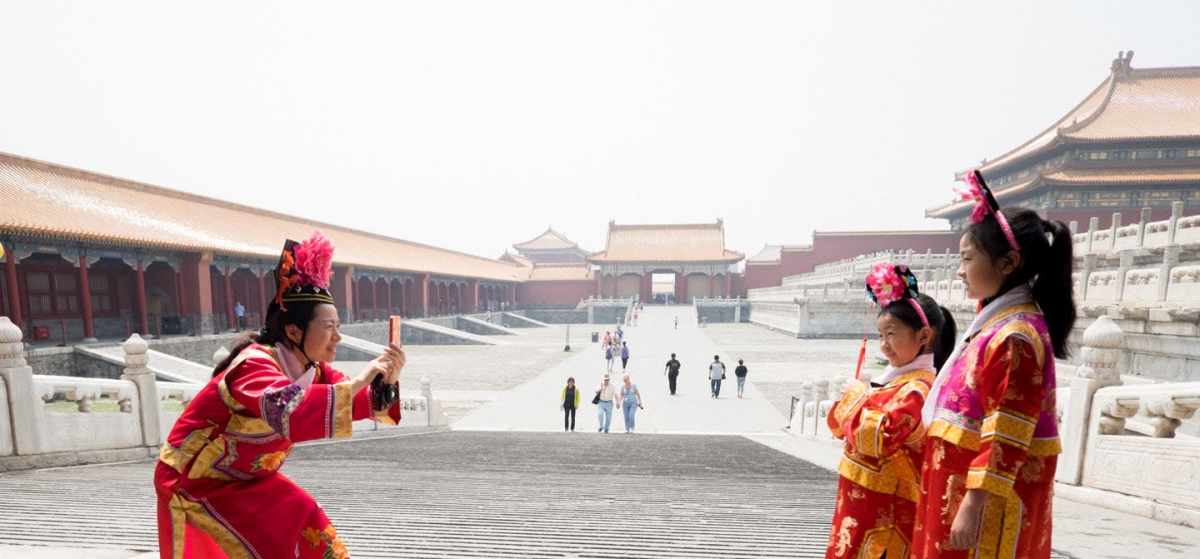The spatial occurrence of international tourism: China’s experience
<p>Fewer foreigners visit China these days due to the global economic crisis. According to the China National Tourism Administration, the number of inbound foreign tourists decreased from 27 million people in 2011 to 26 million in 2015. However, if visitors are categorized by nationality into those from developed and developing countries, it becomes clear that the decline applies only to tourists from developed countries whereas the number of visitors from developing countries has actually increased. What is the reason for this phenomenon? Very few of the existing studies have discussed the differences in tourism trends by nationality.</p>
This essay examines the reasons why more and more people feel the need to travel and looks into the factors stimulating the development of tourism through the prism of ‘migrant tourism’.1 Several macro- and micro-factors behind the emergence of migrant tourism have been suggested in existing literature. These include 1) the globalization of the labor market as more people are choosing to live in a foreign country after retirement based on their experiences overseas; 2) instability of the labor market due to the rising mobility of labor; 3) aging populations in developed countries; 4) growing similarities between different countries and regions due to the postmodern tendency to imitate each other in order to satisfy their visitors; 5) more opportunities for tourist migration as many retirees enter the tourism-related businesses or become migrants with the acquisition of severance payments or other assets; 6) re-evaluation of the values of quality of life and job satisfaction, which results in more frequent travel and migration to the countryside as more people in developed societies now appreciate the rural way of life and beautiful scenery; and 7) decreasing differences in production and consumption as well as wider distribution of products due to the development of transportation and communications.
Studies of tourism migration divide migrant tourists into two types: tourist-consumers and tourist-workers. The latter appear in response to the demand in an emerging service industry created by an increase of travelers to a certain tourist site. They may also be filling in the gaps due to labor shortages in an existing tourist industry. The category of tourist-consumers is more diverse in its composition and includes seasonal migrants, lifestyle migrants, retirees, etc.
We used a survey (Center for Social Surveys of National Management Institute, Sun Yat-sen University, 2016) targeting foreigners who entered China through the immigration offices of Guangzhou and Foshan to analyze the relationship between entry for tourism and entry for other reasons. The results demonstrated a difference between visitors from developed countries and visitors from developing countries. To the former, tourism is the only purpose of entry in the majority of cases, whereas people from developing countries rarely have a singular purpose. The fact is that the respondents from developing countries come to China to travel, to work in a local office of their home company, to work for a Chinese company, or to search for business opportunities, and this shows that they have multiple purposes, most of which are related to economic reasons.
The social networks of migrants serve as a source of information on the travel destination in many ways. They reduce moving costs, alleviate difficulties in adapting to the local culture, and help migrants to find jobs in the new location. In this respect, the social capital of respondents from developing countries grows in China. The multiple purposes they have when entering the country leads them to engage with different kinds of people more actively, and this, in turn, promotes the creation and accumulation of social capital locally. Furthermore, such migrants soon gain the ability and motivation to invite friends and family from their home countries to China. Seen from this perspective, compared to tourists from developed countries, visitors from developing countries make a more important contribution to the steady growth of local social capital, which leads to a cumulative causal effect. Therefore, there is mutual influence between tourism and the economic purposes of entry to China by visitors from developing countries, and after their arrival, we can observe the expansion of local social networks and social capital.
We hope that this study will enrich readers’ understanding of foreign tourism in China and, particularly, the behavior of visitors from developing countries.
Yucheng Liang, Professor at Sun Yat-sen University (yucheng@mail.sysu.edu.cn).
